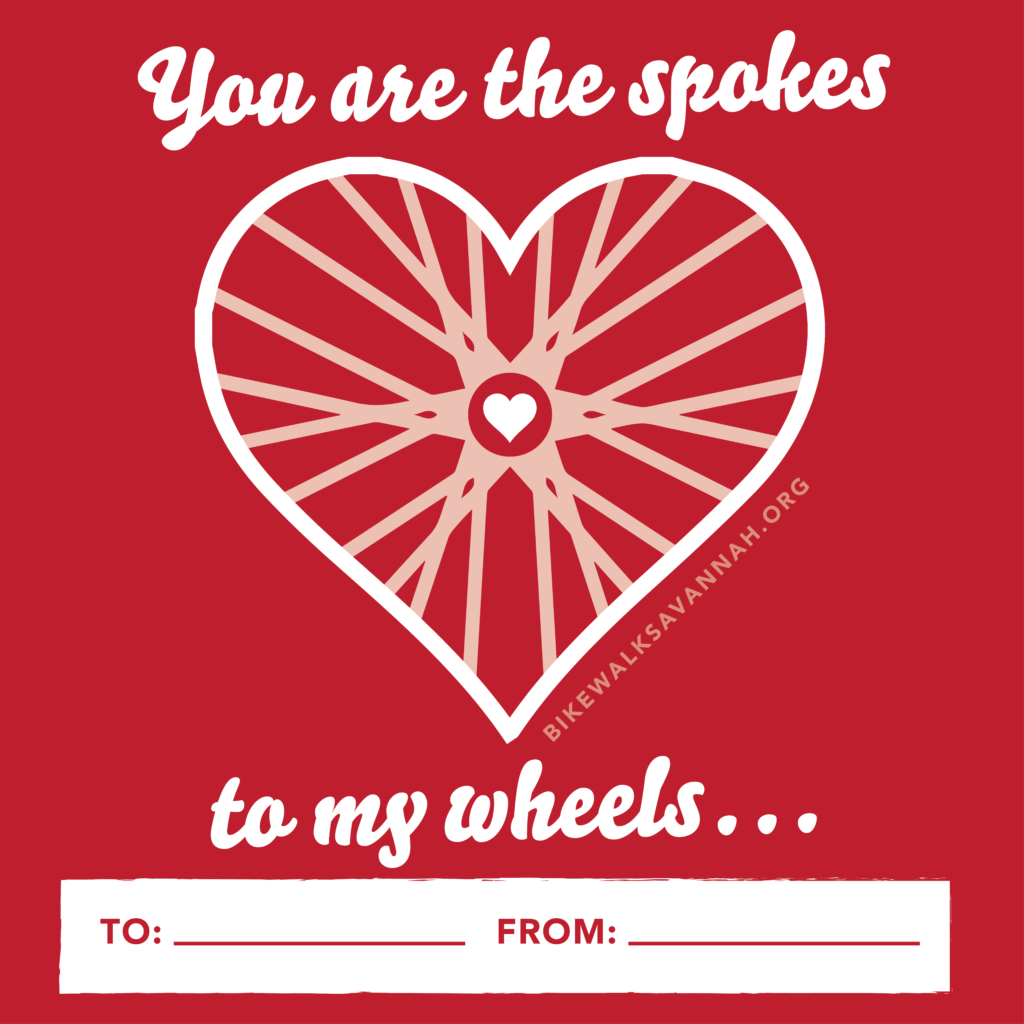
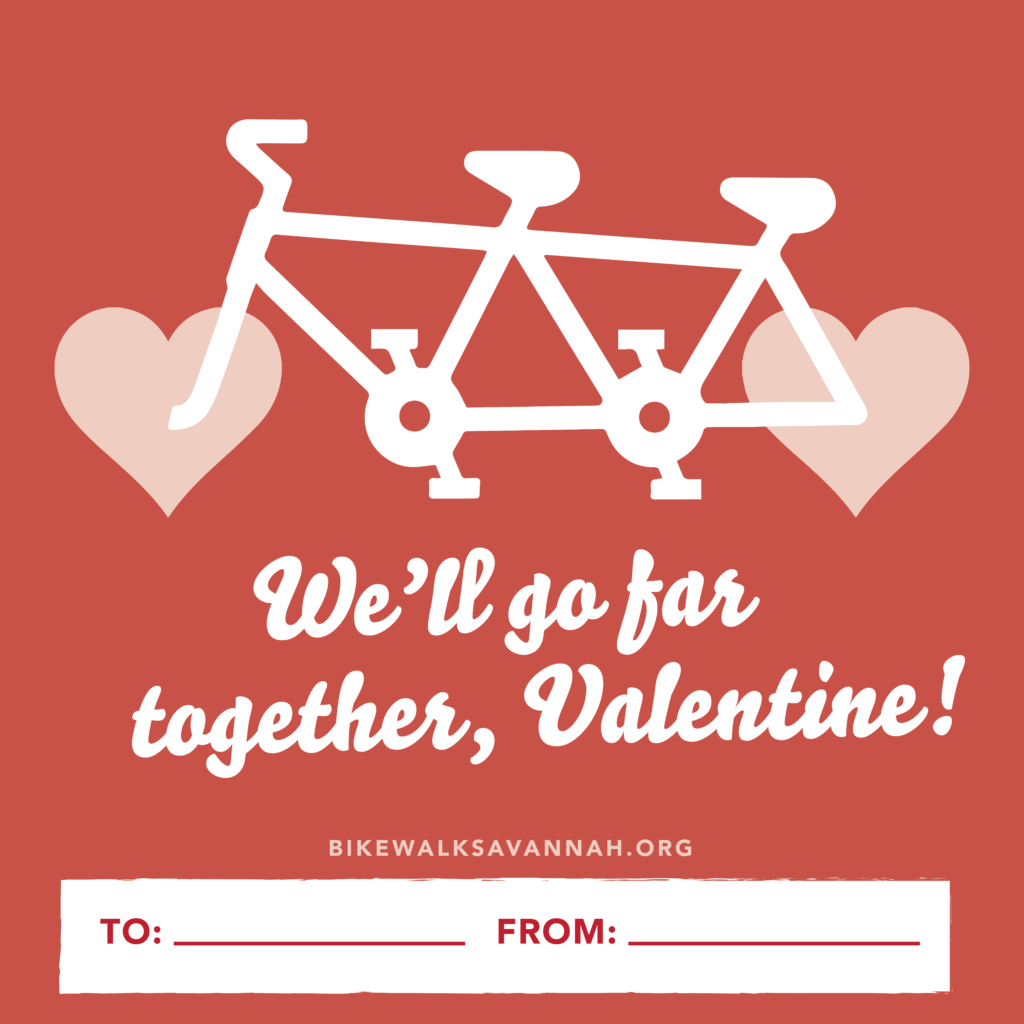
Look no further for some great Valentine’s to send to your loved ones! Happy Valentine’s Day from your friends at Bike Walk Savannah.


Look no further for some great Valentine’s to send to your loved ones! Happy Valentine’s Day from your friends at Bike Walk Savannah.
Our Society of Important Cycling Knowledge (S.I.C.K.) is back with a quick tip on how to fix your flat tire!
Knowing how to change a flat tire is a useful skill, especially if you’re going on longer rides or don’t have a local bike shop nearby. It can be daunting at first, but it’s easier than you think! All it takes is some practice.
Our friends at Park Tools have a great basic overview of how to repair a flat tire on a bike. Read on for step by step instructions!
What you need:
How to:
And now you’ve changed your tube and tire!
Want some practice? Volunteer with our New Standard Cycles Crew on Thursdays from 6:30-8:30 p.m. and Sundays from 2-4 p.m. and help fix up bikes while learning some new skills.
Learn more tips on our Resources Page.
Interested in putting your skills to the test? Stop by our New Standard Cycles volunteer sessions on Thursdays from 6-8 p.m. and Sundays from 2-4 p.m., and fix up bikes for people in need!

This blog post is produced thanks to support from the Governor’s Office of Highway Safety.
Nothing ruins your ride faster than having your bike stolen! Here are some steps you can take to seriously reduce the likelihood of that happening.
Need to find available bike parking in Savannah? Check out our map below. If you find a rack that isn’t on our map, please submit it to info@bikewalksavannah.org.
Learn more tips on our Resources Page.

This blog post is produced thanks to support from the Governor’s Office of Highway Safety.
Nothing ruins your ride faster than having your bike stolen! Here are some steps you can take to seriously reduce the likelihood of that happening.
View our map of bike racks in Savannah here:
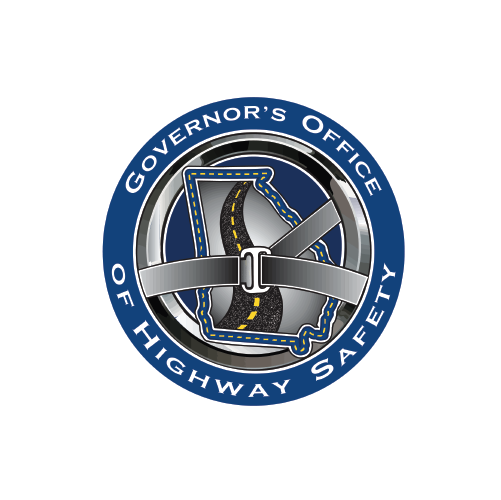
This blog post is produced thanks to support from the Governor’s Office of Highway Safety.
Everyone loves a good scare on Halloween, but we also want it to be a treat! Whether you’re out with your little ghosts, goblins and vampires or heading out on your own adventure, below are steps you can take to make sure the little trick-or-treaters make it home ok.
On average, children are more than twice as likely to be hit by a car and killed on Halloween than on any other day of the year. More kids out on our streets = more opportunities for potential collisions.
Below are our top tips for Halloween Safety:
Driving Tips:
You should always let others know when you are turning, changing lanes or stopping — both for safety reasons, and because it’s the law.
While cars and motorcycles have devices built in, like turn signals and brake lights, we have to rely on our arms to signal our intent on a bike.
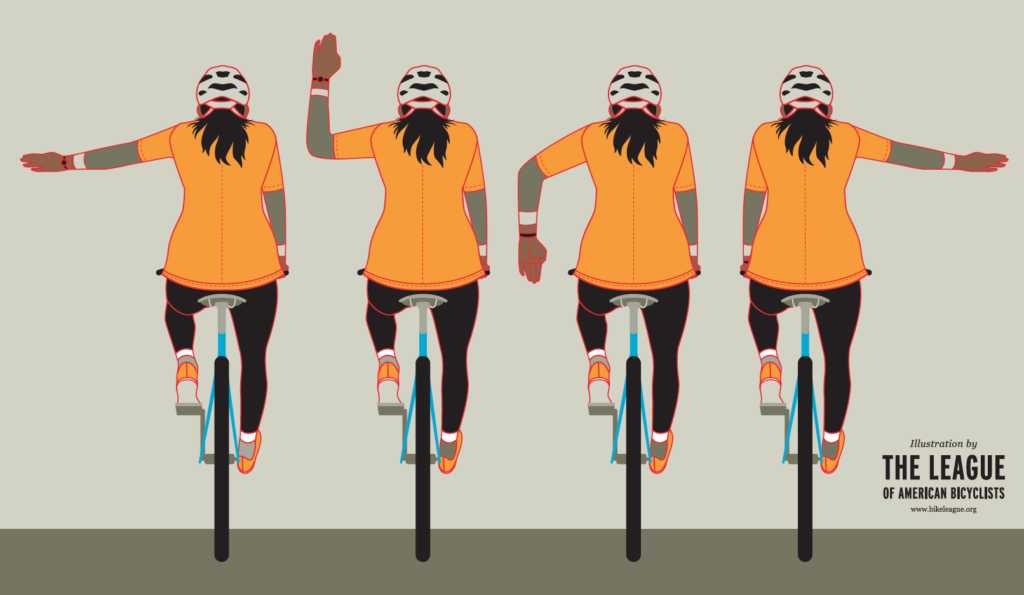
Signaling
Scanning
Scanning is the act of looking over your shoulder, and is a key part of riding anywhere. It helps communicate your intentions to others and also shows you what is happening behind or around you.
Pro Tip: It may be difficult to scan and maintain a straight line while riding. Start by practicing scanning on a stationary bike to see your range of motion. You may want to purchase a mirror to help if you have limited range. Once you start practicing on a moving bike, if you have trouble maintaining a straight line you may want to try removing your hand (from the direction you are scanning) from the handlebars and place it on your lower back. This helps prevent your body from fully turning and pulling the handlebars. And make sure to keep peddling while scanning!
Scanning should be used in conjunction with signaling — you should scan before any turn and before making any signal.

This blog post is sponsored in part by a generous grant from the Governor’s Office of Highway Safety.
We’ve got bikes for sale!
Weather permitting we will host our Fall Bike Sale on Sunday, Sept. 10 from 1-4 p.m. at 1301 A Lincoln St. Browse used bikes refurbished by the New Standard Cycles crew for an affordable price!
Looking to build up your perfect bike? We may have the perfect part or frame to complete that build that’s been sitting in your garage.
All proceeds from the sale go to our New Standard Cycles program, which works with service agencies and nonprofits to provide bikes for those in need of reliable transportation.
Email info@bikewalksavannah.org with any questions about the sale. Cash, card, Paypal and Venmo will be accepted.
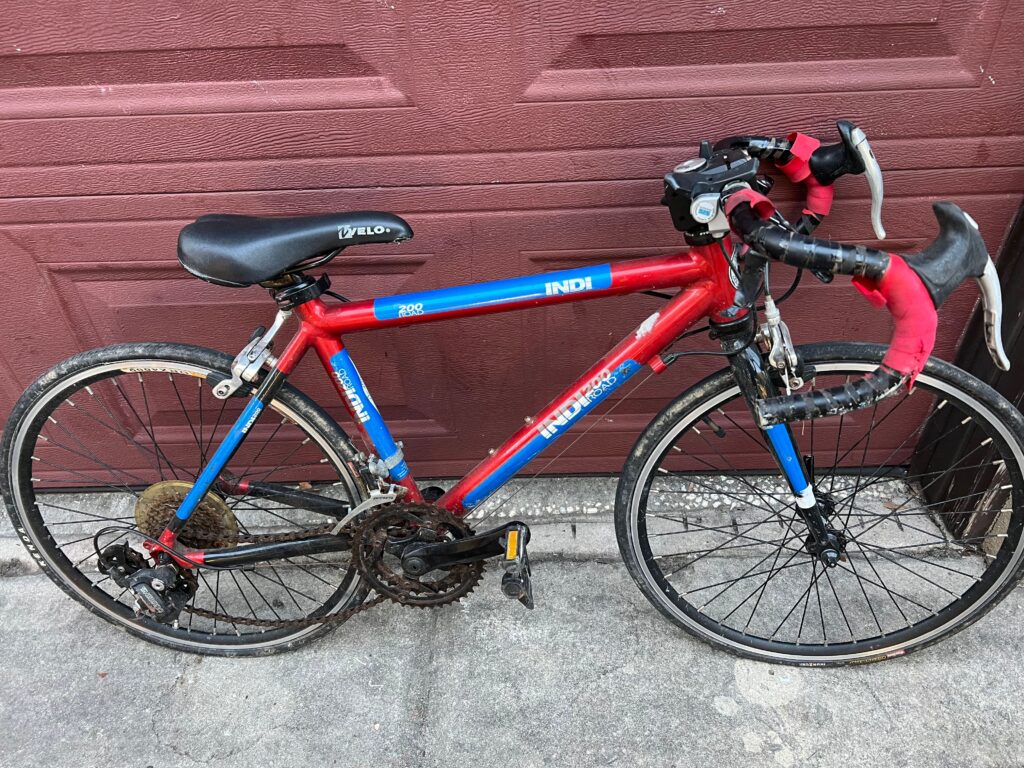
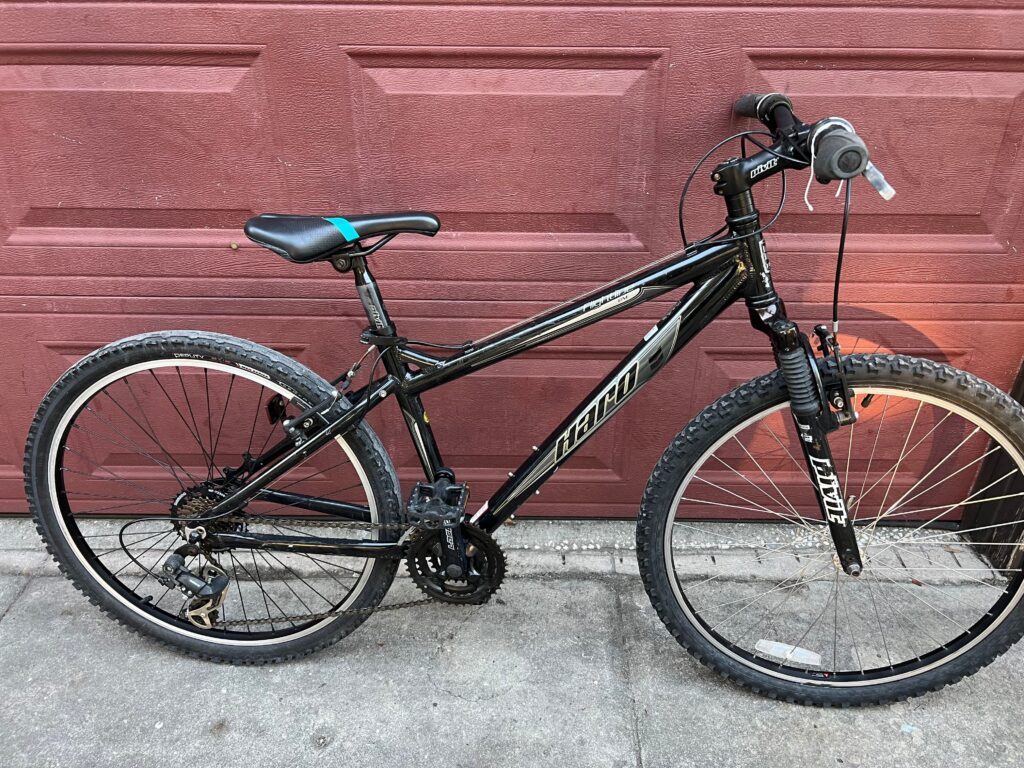
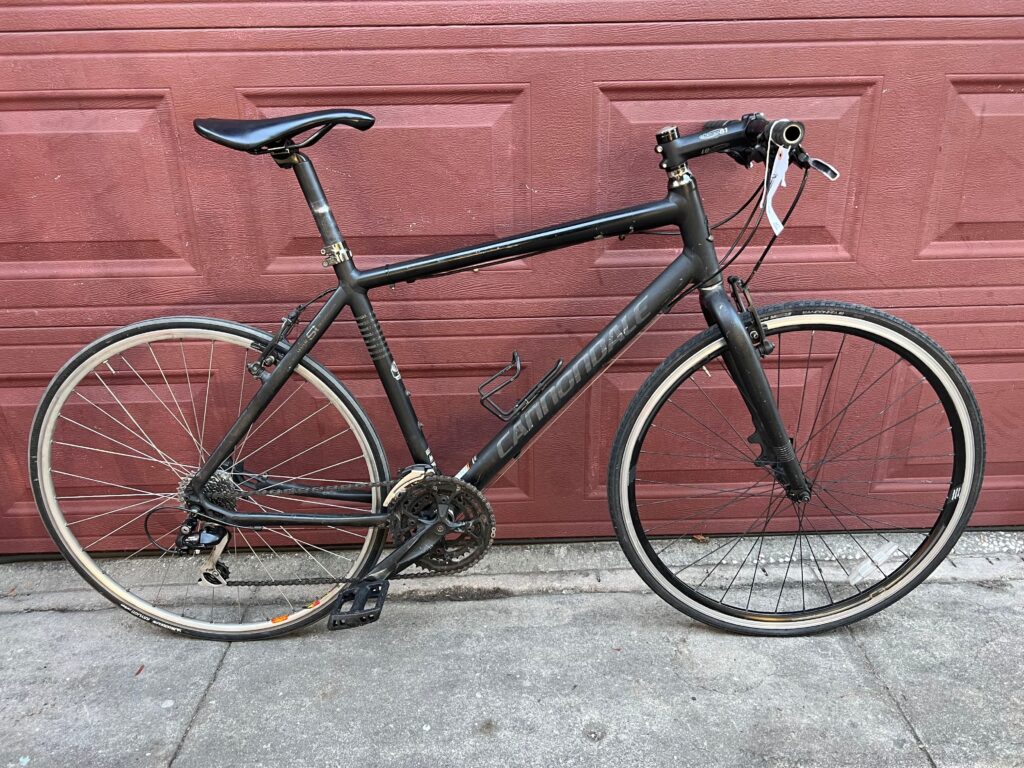
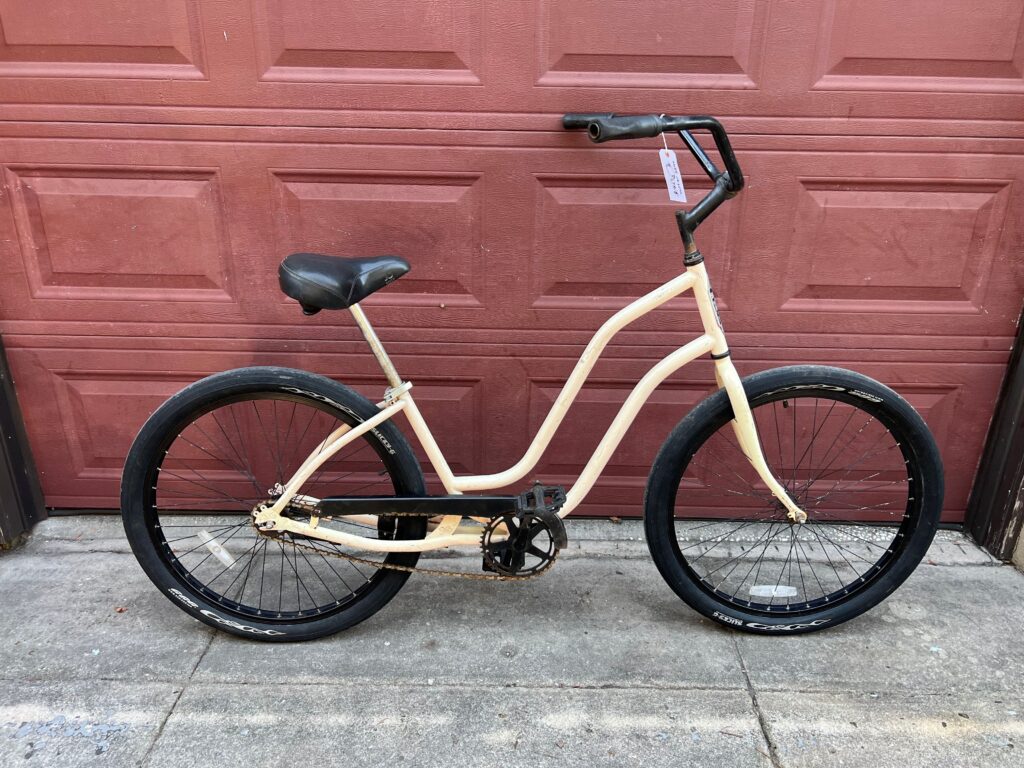

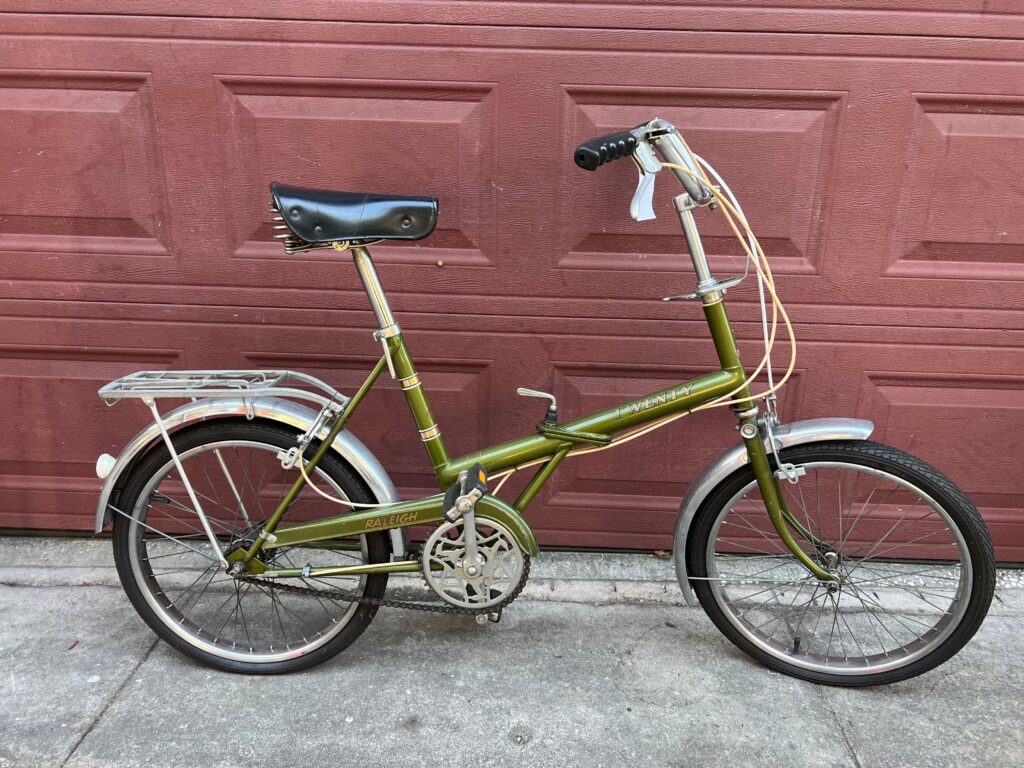










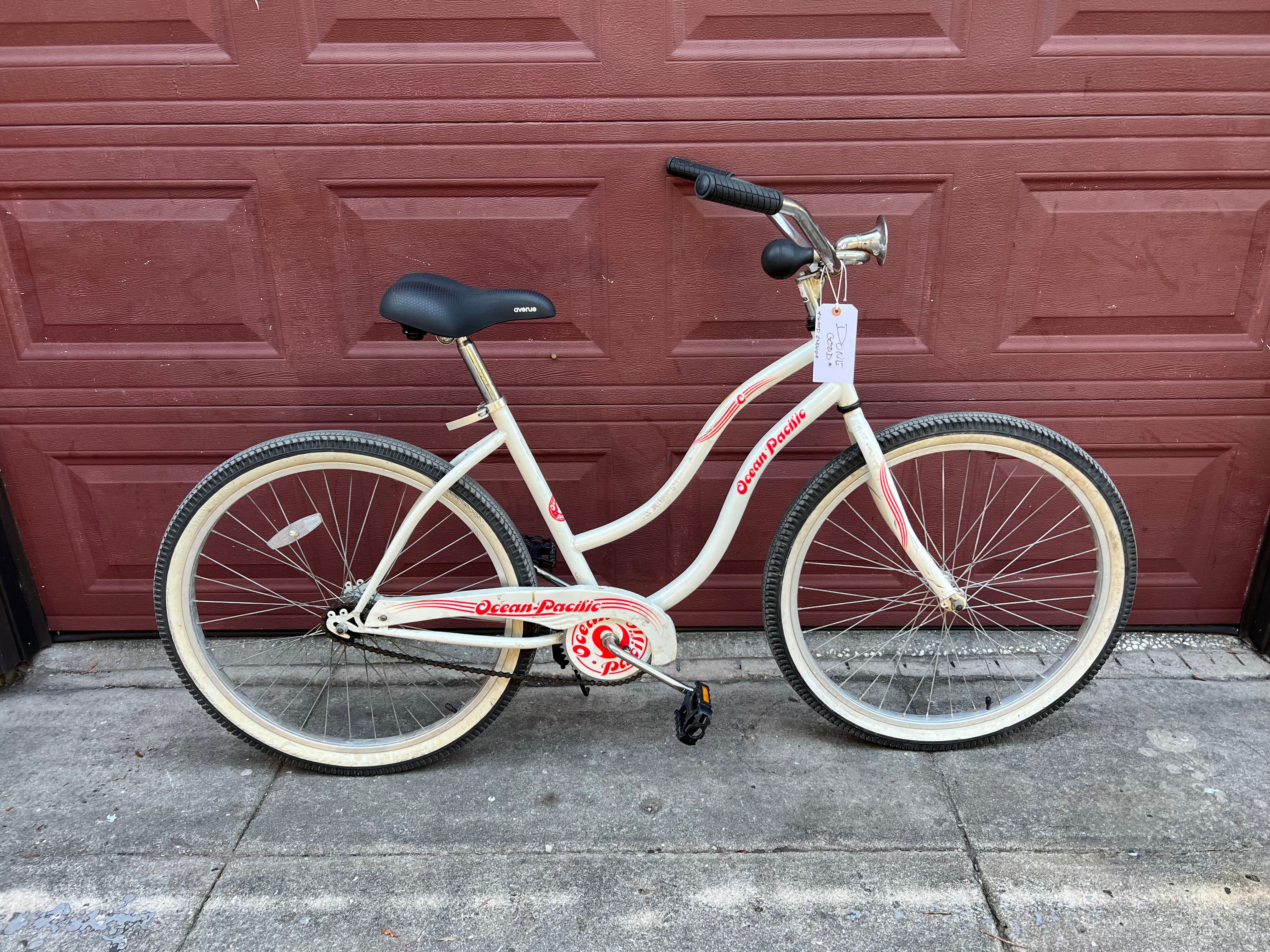
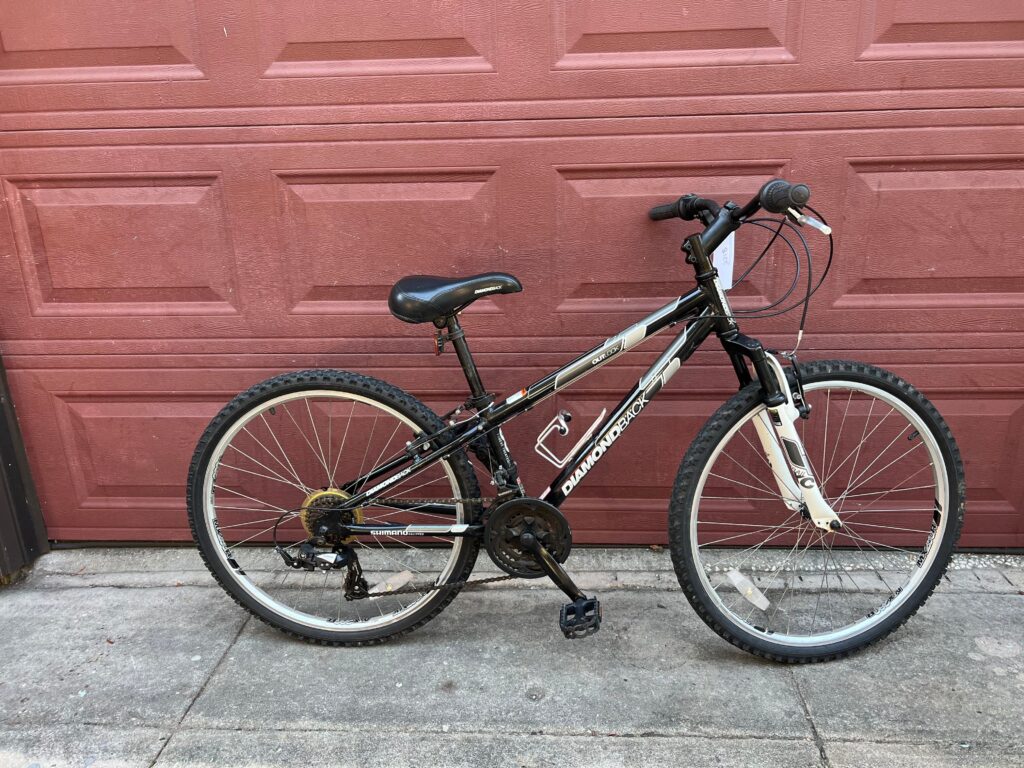

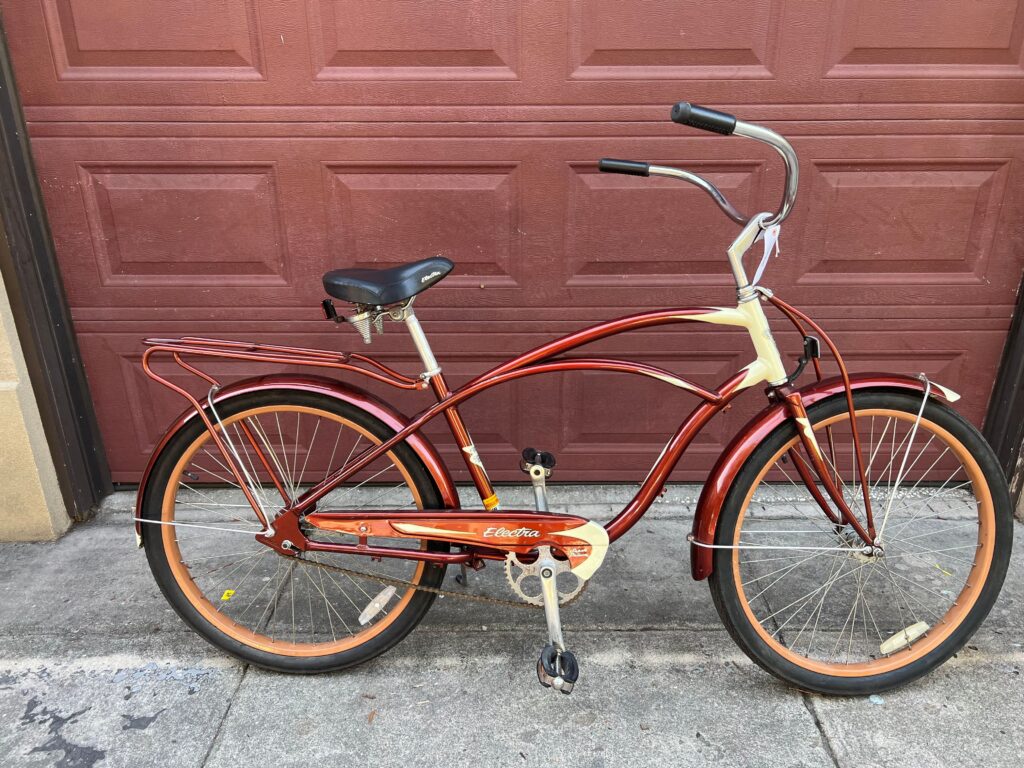


Savannah’s level topography, dense urban form, and warm weather make it a great place to get around by bike. However, Savannah also has a high rate of traffic crashes involving people on bikes.
Tips for Safe Driving Near Bicyclists
React to bicyclists as you would any other vehicle. You wouldn’t drive inches next to another car, so why would you drive so close to a person on a bike?
Don’t park in bike lanes or blocking access to multiuse paths. It may just be “for a minute”, but that minute could be the difference in someone biking safely to their destination and being put in unnecessary conflict with another driver.
If there is oncoming traffic, slow down and wait to pass until traffic clears.
Do not past a bicyclist before a red light or stop sign, hill, or immediately before you make a right turn.
Give at least 3 feet of space! According to the updated 3 ft to pass law, updated July 2021:
Don’t drive distracted or under the influence. Again, it’s the law!
Consider driving conditions. Whether it’s raining or sunny, there’s something happening that can influence your driving. Make sure to slow down or give yourself extra room if you need it, and consider pulling over rather than powering through if conditions are dangerous.
Avoid illegal courtesies, like encouraging someone to ride through a stop sign in front of you. They may be able to see further down the street than you, or may take more time to get rolling, which can cause everyone to get frustrated.
Know where kids are biking. Children may not know the rules of the road so slow down and pay extra attention when driving in areas where children can be expected.
Interested in learning more about being a Bicycle and Pedestrian Friendly Driver? Sign up for an upcoming class or view our webinar here!

This blog post is produced thanks to support from the Governor’s Office of Highway Safety.
If you have the misfortune of being involved in a crash, it can be overwhelming and you may not know what to do. When your blood is pumping, your mind is racing, and you may be injured, the last thing you want to do is have to Google what to do. Below are our steps for the best actions to take after a collision.
Before we start, we always recommend carrying your cell phone, ID, a listed emergency contact, and something to write with/on in case your phone is broken. A bracelet like a RoadID can provide your information, emergency contacts and allergy information if needed.
Involved in a crash or want to report a close call? Submit your report on our website.
Data collected from the Close Call form can help us and agency partners assess potential conflict points and the frequency of near misses (or unreported crashes) involving bicyclists, pedestrians and motor vehicle drivers. Bicycle and pedestrian related crashes are under reported and this offers another way to address persistent issues.
If you have encountered a dangerous road hazard call 311 or visit our Report Hazards and Issues page. In an emergency, please call 911.
Riding bikes comes with risks — like all vehicles. If you have been in a crash involving a bicycle and aren’t sure where to begin, contact the Law Offices of Joseph J. Steffen, Jr. for a free consultation.
Joseph J. Steffen Jr is an avid cyclist who specializes in local bicycle law, and serves on the board of Bike Walk Savannah. His focus and passion is for safe cycling for you and your family here in the Southeast, knowing the challenges of working with police officers on their reports, and picking an unbiased jury panel at trial that will understand a cyclists right to SHARE THE ROAD.
Visit joesteffen.com/bicycle-law for more information.

This blog post is produced thanks to support from the Governor’s Office of Highway Safety.
Combining your biking or walking trip with public transit can help make your trip more successful. Chatham Area Transit offers a lot of options to extend your trip and help you go the distance.
All of CAT’s fixed-route buses are equipped with bike racks so you can take your bike with you at no extra cost. No special passes or training are required, and each rack can hold up to two conventional bicycles so they are available on a first-come, first-serve basis.
Learn more about using the bike rack on the front of CAT buses by visiting their website.
Want to plan your route, but you’re not sure where your closest stop is located — or where the route goes? Check out the CAT Tracker to view stops near you and see up to the minute information on when the next bus is going to arrive.
Extend your route downtown — for free! Thanks to a partnership with the City of Savannah, CAT operates a free downtown transit system spanning land and water.
While biking downtown might be easy, it’s a little difficult to get across the Savannah River! The Savannah Belles Ferry system provides free passage across the River between the riverwalk and Hutchinson Island from 7 a.m. to 10 p.m. seven days a week, and bikes are allowed.
As always, make sure to follow our biking and walking tips to make your trip as safe as possible! Visit our Resources page for more information.

This blog post is produced thanks to support from the Governor’s Office of Highway Safety.